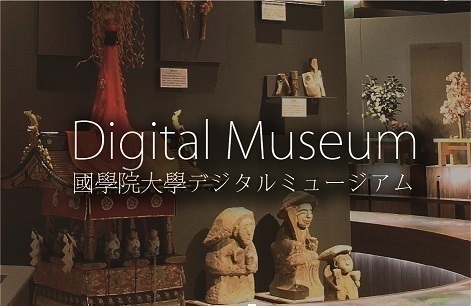Encyclopedia of Shinto
| Main Menu: | |
| Links: |
詳細表示 (Complete Article)
| カテゴリー1: | 6. Belief and Practice |
|---|---|
| カテゴリー2: | Divination and Supplication |
| Title | Kitō |
| Text | Kitō are magico-religious invocations of the powers of a wide range of Shintō and Buddhist deities in hope of divine favor or protection. The ritual is also referred to as kinen, kigan, or kisei ; it also shares the same meaning as inori and nomi. In ancient times, invocations and offerings were made to shrines to request safety, good weather, and bountiful harvests throughout the realm. Invocations of such highly public nature formed the original purpose of Shintō worship. On the other hand, invocations made for the private benefit of individuals (shikitō and shikigan) are thought to have derived from "yin-yang exorcism" (onmyō harai) rites by ying-yang diviners (onmyōji ) in the mid-Heian period. The integration of such rituals into the Shintō faith in the late Heian period has been attributed to the activities of invocation ritualists (okitōshi ), who are precursors of the medieval oshi. Moreover, influenced by the practice of reaching empowerment through ritual union with the deity (kajikitō) of esoteric Buddhism and by yin-yang exorcism rites, Yoshida Shintō adapted the esoteric Buddhist goma rite and created the "Shintō goma", the "elemental Shinto ceremony" (sōgen gyōji), and a wide variety of other prayer rituals. At present, shrine priests (shinshoku) conduct shikitō and shikigan invocations for diverse aims, such as easy childbirth, recovery from illness, longevity, and the prosperity of descendants. Invocation rituals that are personally performed by individuals, without the intervention of shinshoku, are popular, including the "100 pilgrimages" (hyakudo mōde; see ohyakudo), the "1,000 shrine pilgrimage" (senja mōde, see also senja fuda), and "temporary seclusion at a shrine for making an invocation" (sanrō ). —Shimazu Norifumi |




